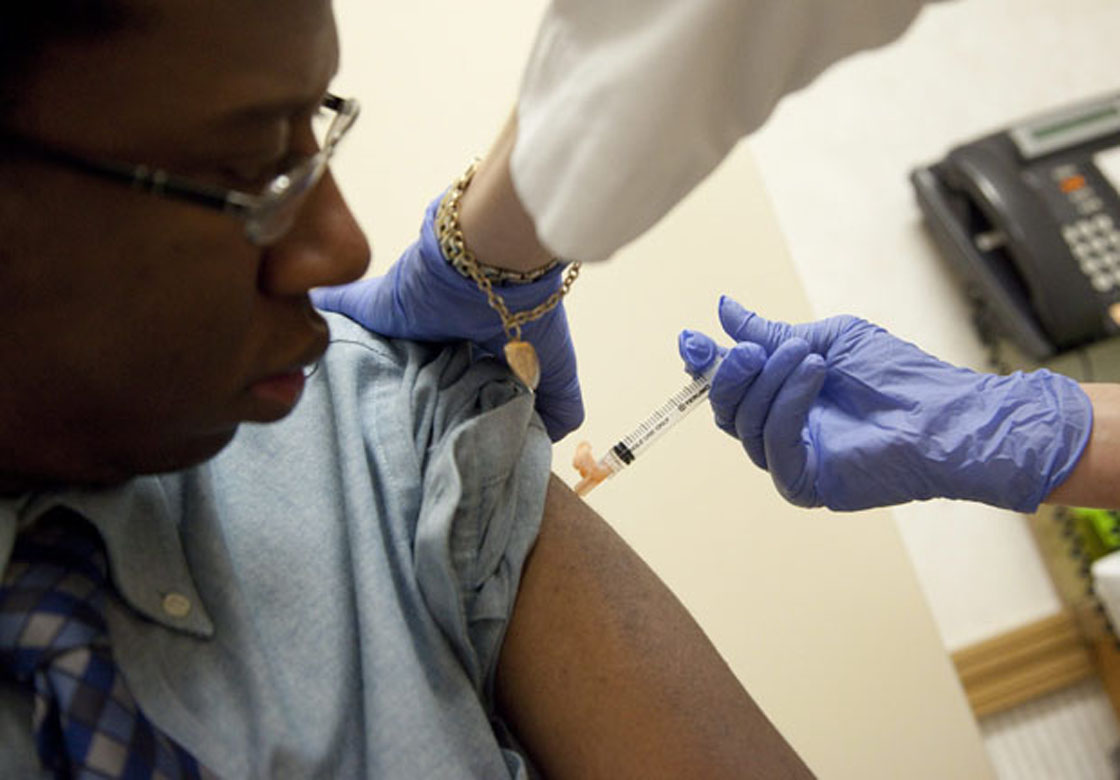TORONTO – The flu season has arrived in Canada after spreading quickly over the holidays.

For the most part, Canadians were celebrating the holidays and ringing in the new year while nursing loved ones feeling under the weather, according to new data released by health officials.
Influenza activity crossed 11 provinces and territories in the early weeks of December. By December 15, there were around 3,500 cases, latest data from the Public Health Agency of Canada reported.
There were only 182 cases at this same time last year, health officials warned.
The flu season typically arrives in late October until March or April, peaking toward the end of January.
But this year, a strain of the H3N2 virus has taken the country by storm, easily infecting Canadians as they came together over the holidays.
In Quebec alone, 1,426 cases of the flu were reported so far, while in Ontario, another 1,156 people were infected, according to the agency.
Another 31 “influenza outbreaks” were reported from coast to coast: 24 in long-term care facilities, four in hospitals and three in other institutions.
The majority of these outbreaks were reported in Ontario, where there were 19 hotspots for influenza.
About 33 children fell ill to the flu and were hospitalized while another 73 adults over 20 were also put in hospitals for treatment.
Three deaths have been reported so far.
Read the full Flu Watch report here.
H3N2 strain is in the flu vaccine this year
Canadians who haven’t had their flu shot yet should make their way over to a clinic – this year’s dose of flu vaccine protects against the virus as researchers had predicted.
This year, North American doctors are bracing for a strain of H1N1 called A/California/7/2009, a H3N2 strain called A/Victoria/361/2011 and an influenza B similar to a B/Wisconsin/1/2010.
Each year, strains of the influenzas mutate and re-emerge infecting victims and triggering a new season. Those of us in the northern hemisphere keep a watchful eye over the flu in the southern hemisphere, which affects residents during their winter or our summer.
Scientists look at the patterns and garner their predictions based on what viruses made their rounds below us and estimate what mutations could occur before the influenzas make their way over the equator.
Still, flu vaccination rates are low in the country.
Nationally, vaccination rates sit at a meagre 20 to 25 per cent, while health care workers report higher numbers at about 40 per cent.
Crossing North America
Our neighbours south of the border also faced increased flu activity with 29 states reporting widespread influenza activity.
Carmen.chai@globalnews.ca
Twitter.com/Carmen_Chai


Comments